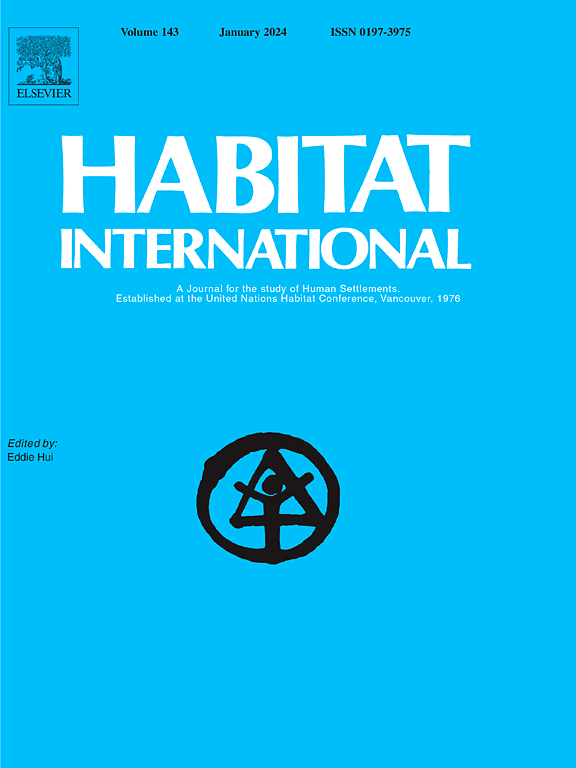A new conceptual framework and case analysis of rural environmental cross-boundary governance in megacities of China
IF 6.5
1区 经济学
Q1 DEVELOPMENT STUDIES
引用次数: 0
Abstract
With the rapid urbanization and industrialization in China, cross-boundary pollution has emerged as a critical issue, particularly affecting villages in border regions. This study constructs a new conceptual framework for cross-boundary governance from four dimensions: space, stakeholder, scale, and function. Wanshi Village, located on the border of Shanghai and Jiangsu Province, is a typical case of multi-scale and multi-stakeholder superposition. There are four pairs of mismatches between Wanshi Village and Huaqiao Town: nature and administration, village and city, agriculture and industry, and locals and migrants, which makes it difficult to solve the environmental pollution problem. Wanshi has undergone three shifts of environmental governance: informal environmental resistance, top-down policy implementation, and intergovernmental cooperation. It reveals that China's cross-boundary environmental governance mainly relies on the government, and the influence of nongovernmental actors is very limited. Neither the top-down governance model nor the regionally decentralized governance model is sufficient to address cross-boundary issues. The case of Wanshi Village reflects the multiple contradictions between responsibility and power, development stage and administrative level, economic development and environmental protection in cross-boundary regions under the orientation of regional competition and city-centered social development, which is of great significance for reflecting on cross-border environmental governance.
中国特大城市农村环境跨界治理的新概念框架与案例分析
随着中国城市化和工业化的快速发展,跨境污染已经成为一个关键问题,特别是对边境地区的村庄。本文从空间、利益相关者、规模和功能四个维度构建了一个新的跨境治理概念框架。万石村位于沪苏交界处,是一个典型的多尺度、多利益主体叠加的案例。万石村与花桥镇之间存在四对错配:自然与行政、乡村与城市、农业与工业、本地人与外来人口,这使得环境污染问题难以解决。万石的环境治理经历了“非正式环境抵抗”、“自上而下政策实施”和“政府间合作”三次转变。这揭示了中国的跨境环境治理主要依靠政府,非政府行为体的影响力非常有限。无论是自上而下的治理模式,还是区域分散的治理模式,都不足以解决跨界问题。万石村案例反映了在区域竞争和以城市为中心的社会发展取向下,跨界区域责任与权力、发展阶段与行政层次、经济发展与环境保护的多重矛盾,对反思跨境环境治理具有重要意义。
本文章由计算机程序翻译,如有差异,请以英文原文为准。
求助全文
约1分钟内获得全文
求助全文
来源期刊

Habitat International
Multiple-
CiteScore
10.50
自引率
10.30%
发文量
151
审稿时长
38 days
期刊介绍:
Habitat International is dedicated to the study of urban and rural human settlements: their planning, design, production and management. Its main focus is on urbanisation in its broadest sense in the developing world. However, increasingly the interrelationships and linkages between cities and towns in the developing and developed worlds are becoming apparent and solutions to the problems that result are urgently required. The economic, social, technological and political systems of the world are intertwined and changes in one region almost always affect other regions.
 求助内容:
求助内容: 应助结果提醒方式:
应助结果提醒方式:


